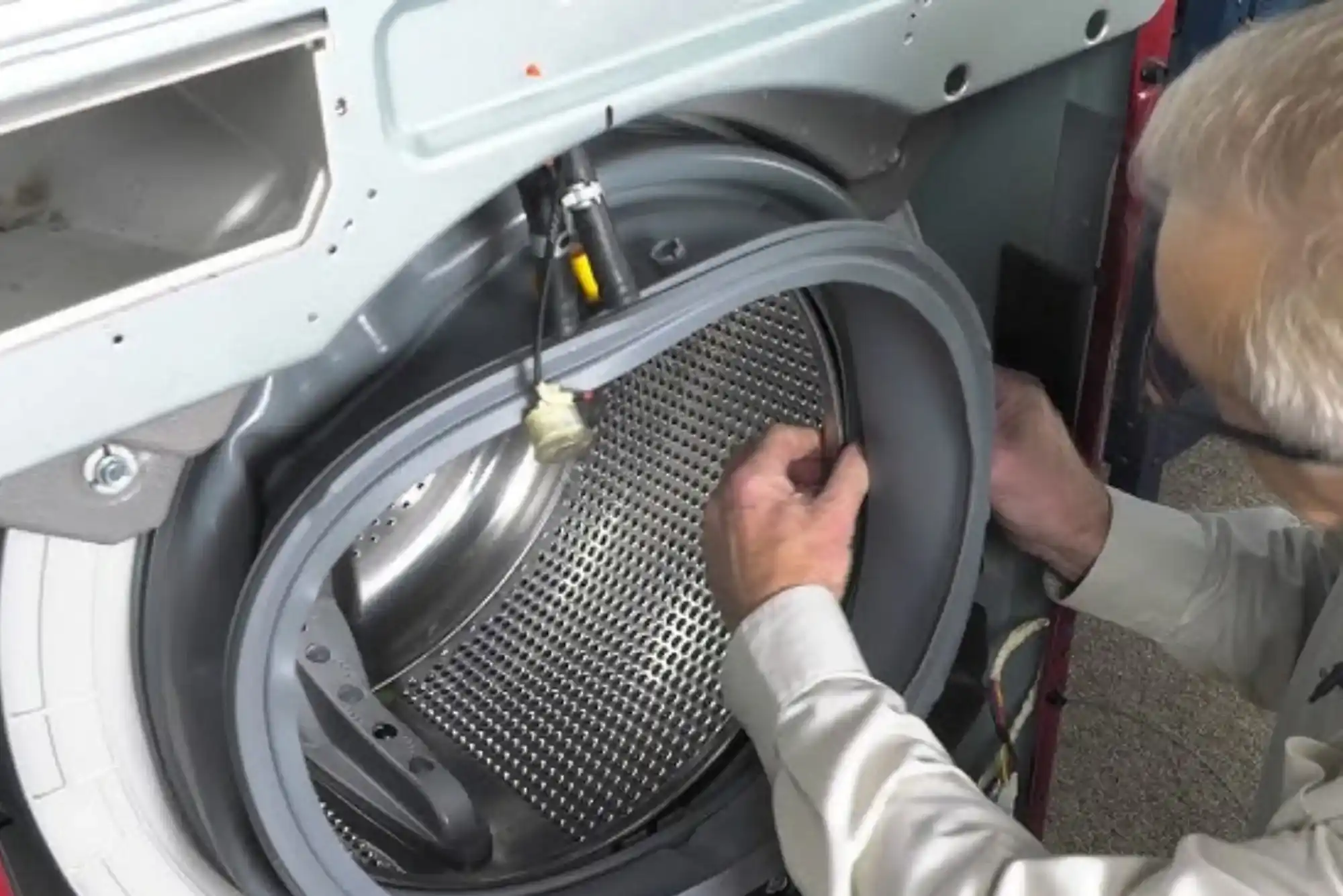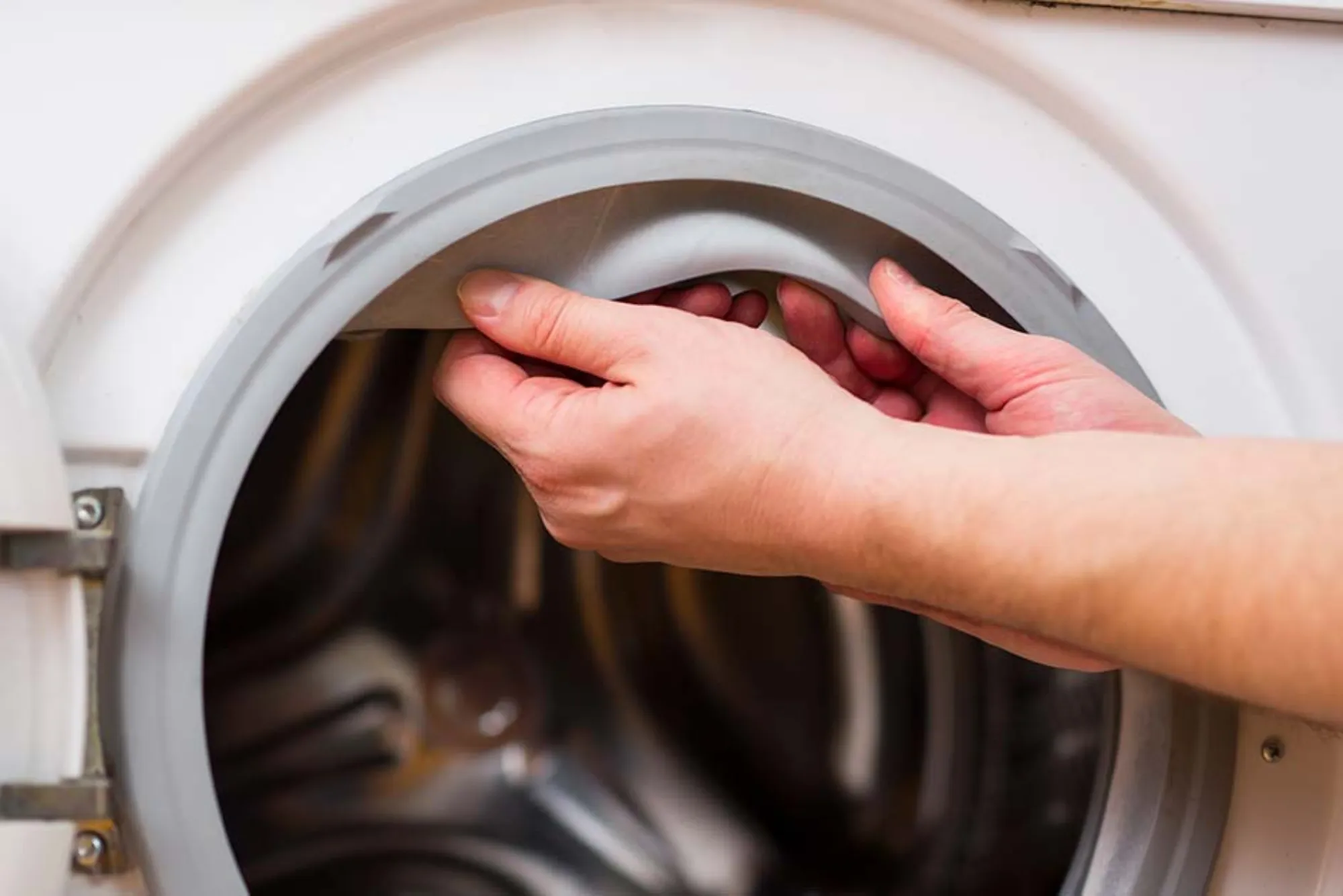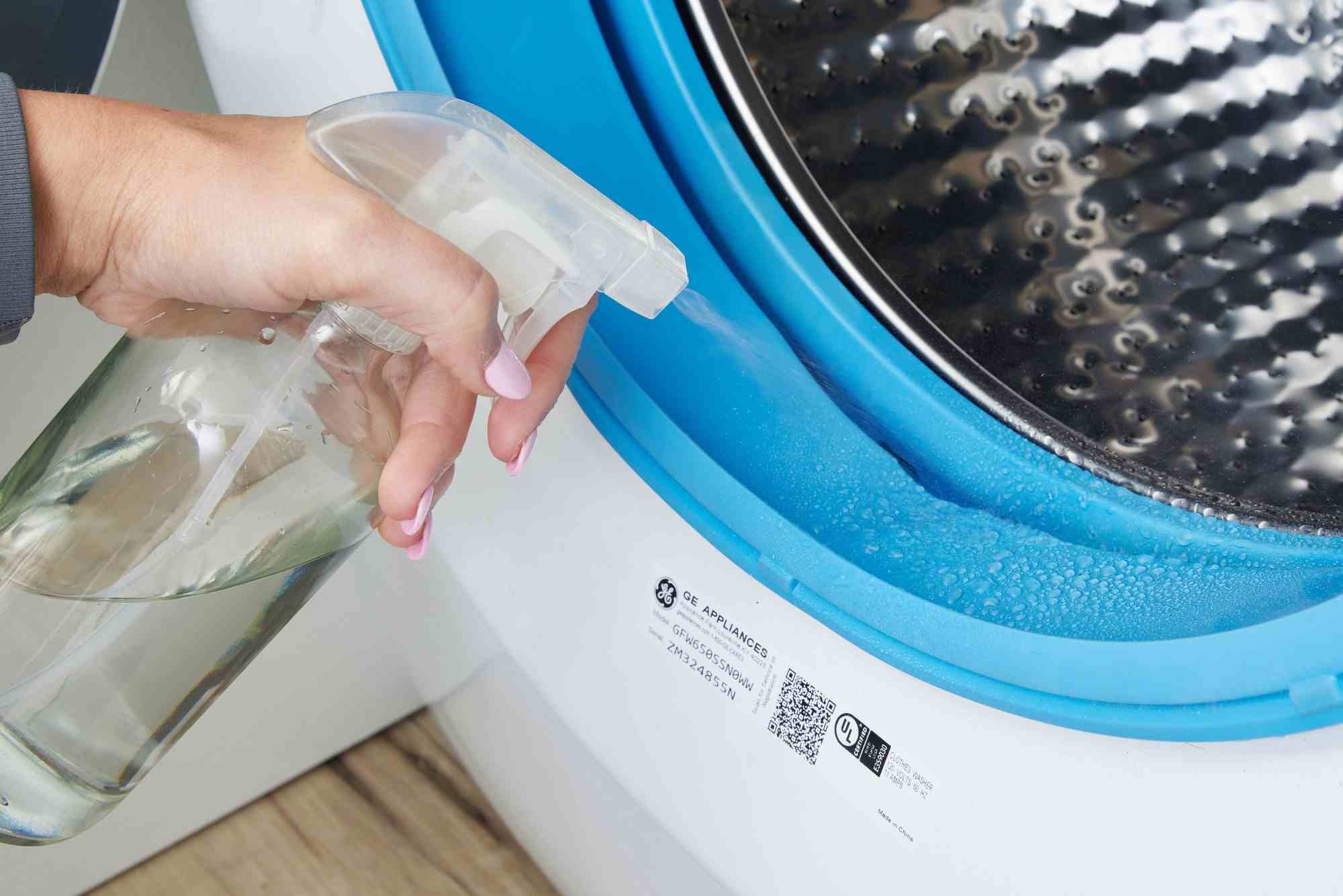Modern washing machines are built with advanced engineering that allows them to handle heavy loads, reduce vibration, and operate efficiently. One of the most critical components that make this possible is the balance ring. The balance ring, also known as a liquid-filled stabilizer, plays a key role in maintaining the machine’s stability during spin cycles. When it wears out or gets damaged, the washing machine can shake excessively, produce loud noises, and even stop working properly. Understanding how to replace washing machine balance rings is essential for anyone seeking to restore smooth operation and extend the lifespan of their appliance.
The balance ring may appear to be a simple circular part, but it is designed with precision. It contains a liquid or fluid-filled chamber that redistributes weight during spinning. When the ring loses its effectiveness due to leakage, cracks, or wear, the washer becomes unbalanced. Replacing the balance ring is a technical procedure that requires both knowledge and caution.
Understanding the Role of Balance Rings in Washing Machines
The balance ring is located at the top of the washer’s tub assembly and is crucial to stabilizing the drum. As the machine spins, especially at high speeds, centrifugal force pushes the laundry outward. Without a functioning balance ring, even small load imbalances can cause the drum to shake violently. This not only makes the washing machine noisy but also risks damaging other parts, such as the suspension system, bearings, or even the motor.
The fluid inside the balance ring helps counteract these forces by adjusting dynamically during the spin cycle. Essentially, the balance ring keeps the washer steady, minimizing vibration and allowing for smoother operation. If this component fails, no amount of rebalancing the load or adjusting the floor level will solve the problem. That’s when replacement becomes necessary.
Common Signs of a Faulty Balance Ring
A malfunctioning balance ring can reveal itself in several ways. Excessive vibration during spin cycles, banging sounds, or the washer moving across the floor are typical symptoms. The machine may also stop mid-cycle if the unbalance becomes too severe, as modern washers often include safety systems that halt operations to prevent damage.
Water leakage from the top of the drum, rattling noises, or an unstable spin are also warning signs. Over time, the internal fluid may evaporate or leak, rendering the balance ring ineffective. When this happens, replacement is the only solution to restore full performance.
The Technical Aspects of Replacing Balance Rings
Replacing a balance ring requires more than just mechanical skills; it demands an understanding of how the washer’s internal structure functions. The process involves accessing the drum assembly, detaching the old balance ring, and carefully installing the new one without causing imbalance or leaks.
The washing machine must first be disconnected from the power source and water supply for safety. The top or rear panel is then removed to expose the drum. The damaged balance ring is usually secured by clips or screws, and it must be detached without disturbing the tub’s alignment. Installing the new ring requires ensuring it fits precisely and evenly. Even a slight misalignment can lead to vibration problems later on.
In modern washers, the balance ring often forms part of a complex assembly connected to sensors and electronic systems. That’s why many homeowners prefer to contact professional technicians who have specialized tools and experience handling different washer models.
The Importance of Using the Correct Replacement Part
Every washing machine model has specific design specifications. The size, weight, and liquid composition of balance rings vary across brands and models. Using a non-compatible part can lead to poor performance or even damage other components. Manufacturers engineer balance rings to match the exact dynamics of the drum and motor, meaning substitutes or mismatched replacements are risky.
When professionals perform the replacement, they use original or manufacturer-approved parts to maintain performance and warranty validity. This ensures that the washer functions as efficiently as it did when new, reducing vibration and extending longevity.
Professional vs. DIY Replacement
Some homeowners may consider replacing the balance ring themselves. While it may seem straightforward, it’s important to note that improper installation can cause significant issues. A washing machine is a carefully balanced system, and one incorrect adjustment can throw off the entire mechanism.
Professional technicians have the tools, training, and expertise to perform replacements safely. They also check other components, such as suspension rods, shock absorbers, and the tub bearings, to ensure no related damage exists. A professional repair not only solves the problem but also prevents future breakdowns.
Why Balance Ring Issues Should Not Be Ignored
A faulty balance ring affects more than just the washer’s stability. When the drum vibrates excessively, it puts stress on the bearings, motor, and other mechanical parts. This can lead to expensive repairs later on. Moreover, the continuous vibration can cause the machine to shift from its position, potentially damaging flooring or nearby furniture.
Ignoring the problem also impacts wash quality. An unstable spin cycle means clothes are not properly rinsed or dried, forcing additional cycles that consume more electricity and water. Prompt replacement of a damaged balance ring is essential for both efficiency and safety.
The Role of Technology in Modern Washing Machines
Today’s washing machines incorporate advanced technology to ensure optimal performance and energy efficiency. Many models use sensors that monitor drum balance, automatically adjusting spin speed or water levels to compensate. However, even the most advanced systems rely on physical components like balance rings to maintain mechanical stability.
As washing machines become more intelligent, replacing internal parts like balance rings has also become more intricate. The combination of electronics and mechanical systems requires technicians to possess both digital diagnostic skills and mechanical repair expertise. This evolution in appliance technology emphasizes the value of professional service when addressing issues that involve the washer’s internal structure.
Maintenance Tips to Prevent Future Problems
Although balance rings eventually wear out with use, proper care can extend their lifespan. Regularly distributing laundry evenly, avoiding overloading, and ensuring the washer sits on a level surface all help maintain balance. Periodic inspections by a technician can detect early signs of wear or fluid leakage before a full failure occurs.
Keeping the washer clean also helps prevent residue buildup that may affect drum movement. While some maintenance can be handled by the homeowner, deep internal inspections should be reserved for professionals to ensure safety and precision.
The Importance of Choosing Professional Repair Services
Replacing a balance ring is not just about mechanical work; it’s about restoring the appliance’s overall balance, safety, and performance. Professional repair services provide the advantage of accurate diagnosis, correct part selection, and proper installation. They also test the machine after replacement to confirm that vibrations are minimized and spin cycles run smoothly.
Technicians who specialize in washing machine repairs handle a variety of models and brands, giving them a practical understanding of common failure points. Their expertise reduces the risk of errors and guarantees a more durable fix. A professional touch ensures that the washing machine returns to full functionality and operates efficiently for years.
The Future of Washing Machine Engineering
The design of balance rings continues to evolve alongside washing machine technology. Manufacturers are exploring new materials and fluid dynamics to improve stability and efficiency. Some advanced models now use smart weight-distribution systems that adjust automatically depending on the load.
In the future, we can expect even greater integration between mechanical and digital components, allowing machines to self-diagnose issues like unbalanced loads or leaking balance rings. However, even with these advancements, human expertise will always be essential for physical repairs and maintenance.
Restoring Balance and Performance
A washing machine’s balance ring is one of its most important components, quietly ensuring every cycle runs smoothly. When it fails, the machine’s performance, safety, and efficiency are all compromised. Replacing the balance ring is not just about fixing a part—it’s about restoring harmony to the machine’s operation.
Whether you are a homeowner looking to understand the process or a technician handling repairs, knowing how to replace a washing machine balance ring is a valuable skill. The procedure requires technical precision, the right tools, and a deep understanding of the machine’s mechanics. For most users, relying on professional services remains the safest and most reliable option.
As technology advances, washing machines will continue to become more efficient, but core mechanical components like the balance ring will always play a crucial role. By maintaining and replacing them properly, you ensure that your appliance continues to serve efficiently, quietly, and reliably for years to come.




